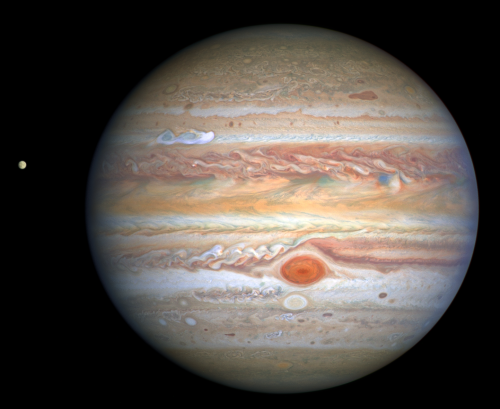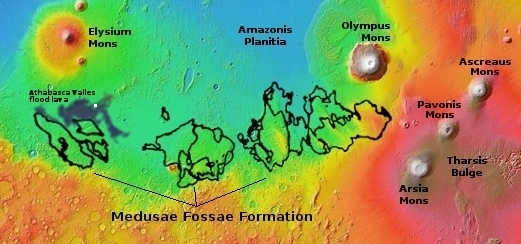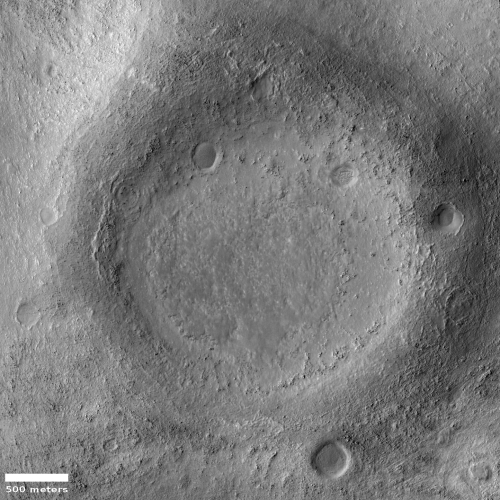Due to Wuhan panic, India might launch no rockets in 2020
The new colonial movement: Due to Wuhan panic, it is now possible that India’s space agency ISRO will launch no rockets in 2020, delaying all until 2021.
ISRO’s launch calendar has been heavily impacted by the pandemic, and there has been no launch from its spaceport, Sriharikota, this year. In fact, the only ISRO launch this year was G-SAT 30, but it was carried by a French rocket, Ariane, which took off from French Guiana on January 17. Although officials confirm that there may be around three to four launches before the year is over, they admit that the deadlines of several launches planned for the latter half of this year may slip into the next calendar year. This could have a cascading effect on the next year’s plans, too.
The article outlines in detail the status of many of India’s space projects, all of which seem stymied by the lock down restrictions that have been imposed. It also notes how other countries, such as China and the U.S., have not allowed the epidemic to shut them down as drastically.
India had hoped to complete a record twelve launches in 2020.
The new colonial movement: Due to Wuhan panic, it is now possible that India’s space agency ISRO will launch no rockets in 2020, delaying all until 2021.
ISRO’s launch calendar has been heavily impacted by the pandemic, and there has been no launch from its spaceport, Sriharikota, this year. In fact, the only ISRO launch this year was G-SAT 30, but it was carried by a French rocket, Ariane, which took off from French Guiana on January 17. Although officials confirm that there may be around three to four launches before the year is over, they admit that the deadlines of several launches planned for the latter half of this year may slip into the next calendar year. This could have a cascading effect on the next year’s plans, too.
The article outlines in detail the status of many of India’s space projects, all of which seem stymied by the lock down restrictions that have been imposed. It also notes how other countries, such as China and the U.S., have not allowed the epidemic to shut them down as drastically.
India had hoped to complete a record twelve launches in 2020.









